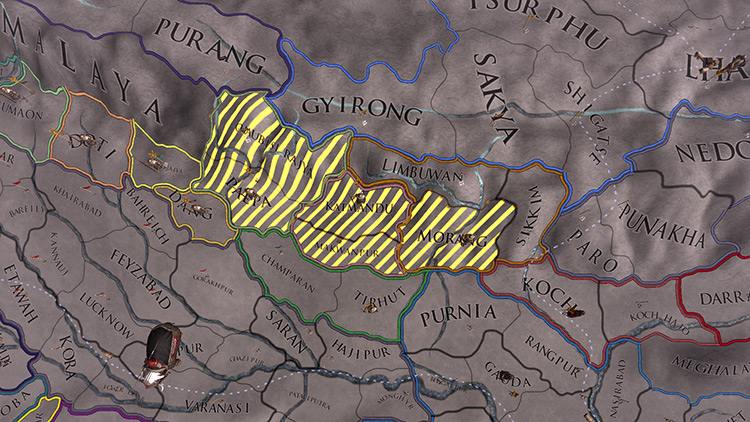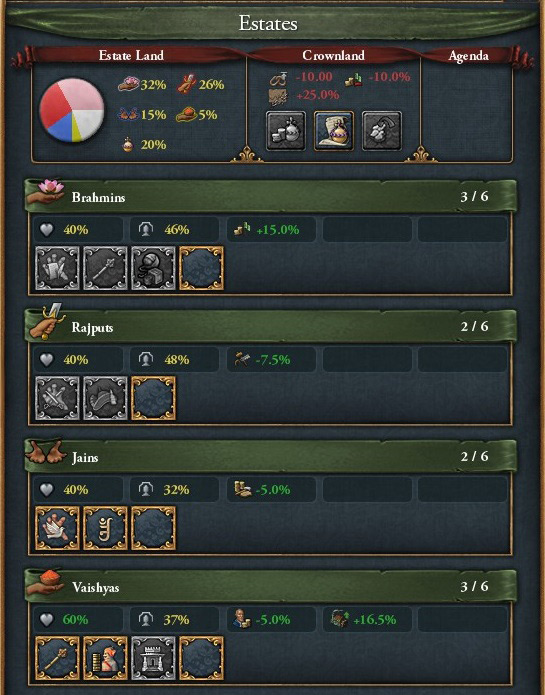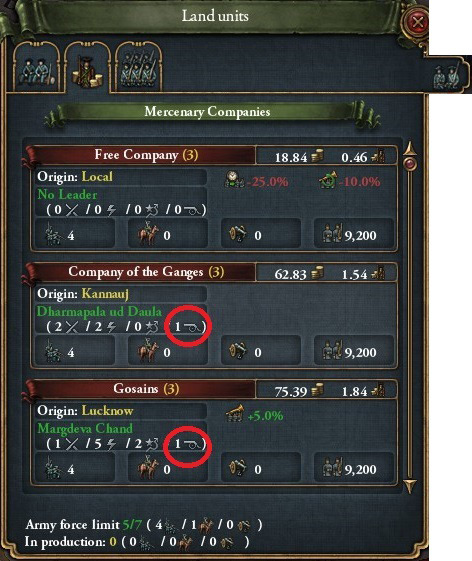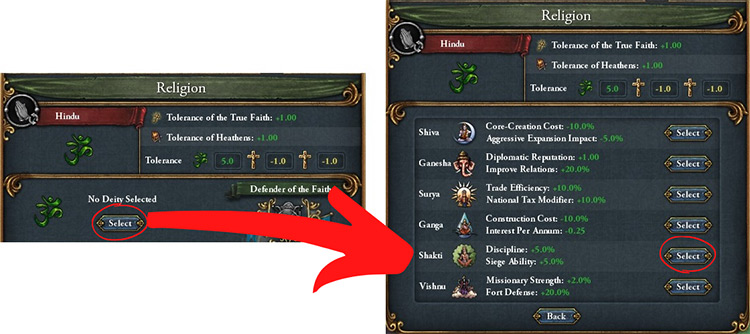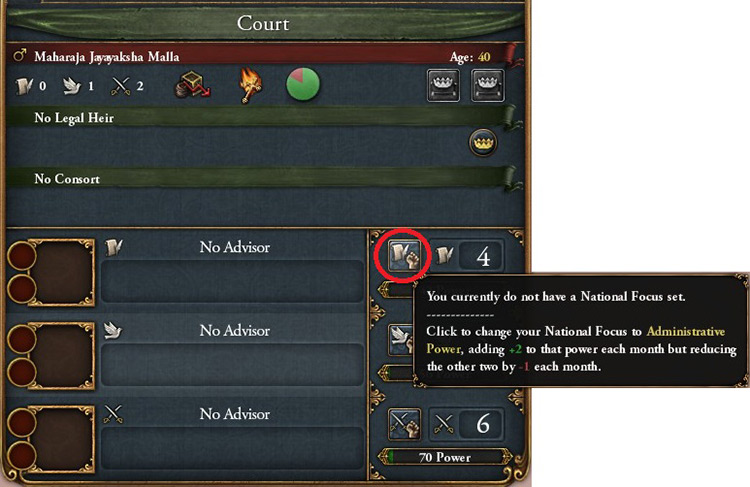Not at war Not an endgame tag Not a colonial, a nomad, nor a subject nation except as a tributary
Aside from that, Nepal is one of the easiest formable countries in the game. They only need these five core provinces:
Katmandu (must be part of a state) Chaubisi Rajya Morang Makwanpur Palpa
These are all next to each other and are owned by small nations. You can easily conquer them within a couple of years or so, depending on how well your sieges go.
Best Nations To Form Nepal
Gorkha and Kathmandu are the best for forming Nepal because:
They each own two of the five target provinces. They’re Hindu, one of the strongest religions in the game.
Kathmandu has a slight advantage over Gorkha in that they directly border Morang province. On the other hand, Gorkha can get “The Pheasant Strut” achievement. It requires them to become Nepal. They then have to defeat Prussia in a direct war with at least 100,000 Prussian casualties. That said, they’re almost identical nations. Both are feasible choices and can follow the same strategy.
Nepal Strategy Guide
Preparations for the Campaign
Indian nations have four estates instead of the regular three. In addition, you start with 55% crown land, so you’ll have plenty left after handing out these estate privileges: Once you’re finished, sell crown land and seize it back. You’ll get about 44 ducats and will be left with 20% crown land. You may also want to grant a monopoly and the “Indebted to the Jains” privilege. These give you more money, which you’ll need for the next step. Get a merc company with a leader who has siege pips. You’ll be using them to besiege your target’s capitals. You don’t want your own army to take attrition damage from doing sieges. Don’t worry about going over your force limit for now. You’ll have more capacity after growing your country. Shakti gives you +5% siege ability and +5% discipline. These can speed up your wars. You’ll be able to switch deities when your ruler dies. You can choose a different one with modifiers that suit your situation. Depending on who you’re playing, pick these nations as your rivals:
Gorkha or Kathmandu Limbuwan Tirhut
The first three own the target provinces for Nepal. Tirhut’s just there to complete your set of rivals. You’ll eclipse them in power soon, which means you’ll get Power Projection for free. You’ll also have these modifiers against your rivals:
+25% Spy network construction speed -33% Diplo power cost for taking unjustified provinces in a peace deal +25% Prestige when winning battles against them
Furthermore, you’ll gain Power Projection by doing any hostile actions on your rivals, such as annexing their provinces in war. Each month, you’ll get +2 admin power at the cost of -1 diplo power and -1 military power. You’ll need lots of admin power to core your conquests as well as stabilize your nation. You need a claim to safely declare war. However, this may take a few months since you need to spend 20 spy network size to fabricate a claim. Morang’s one of the target provinces, and it’s owned by the nation of Limbuwan. Kathmandu can directly claim it, but Gorkha can’t. Instead, Gorkha will have to claim the province of Limbuwan and then annex Morang as an unjustified demand. Tip: Set the Hostile Trading policy in your trade node to get +25% spy network construction speed.
Declarations of War
Depending on who you’re playing as, you’ll want to declare war on the other Nepali who holds two of the target provinces. You should ideally do this exactly on December 11, 1444. The problem is that you don’t have a CB (casus belli) available against them. You can try to fabricate a claim, but while you’re waiting for it, your rival will have gained allies. Instead, you should just declare war without using a CB (a.k.a. “No CB” war). You’ll lose -2 stability and gain +2 war exhaustion by doing so, but your enemy will be alone and easy to conquer. Besides, you can always stabilize your country later. Tip: Don’t forget to toggle your War Taxes in the Economy tab. Your enemy only has two provinces, and their capital just has the free level 1 fort. Both your capitals are also right next to each other. Don’t engage the enemy army in combat. The area consists of hills, and if you initiate a battle, you’ll get a combat penalty from the terrain. They’ll always move away from their capital. This gives your mercs an opening to siege it. While they’re doing that, have your regular army occupy the enemy’s other province then move them back on top of your own capital. The enemy’s unlikely to attack you there since you’ll have the defensive terrain advantage. If they do, your mercs are nearby to provide support. That said, you may still want to set the “Defensive Edict” on your capital. It’ll get +33% defensiveness, which increases the time needed for a successful siege. After the enemy capital falls, sue for peace and annex both of their provinces. As soon as you have a claim on Limbuwan, immediately declare war on them. This war’s going to be like the previous one. Do the same tactics you did before, and you’ll conquer them in no time.
The Decision for Forming Nepal
Once you’ve annexed and cored the target provinces, you’ll be able to press the “Unification of Nepal” button in your Decisions and Policies tab. After you do that, you’ll form Nepal and get the usual “New Traditions & Ambitions” event. This lets you choose between your current national idea set or have it replaced with Nepal’s set. It’s highly recommended that you accept it. Nepal has a strong military-focused idea set. They may even be one of the best in that regard.
